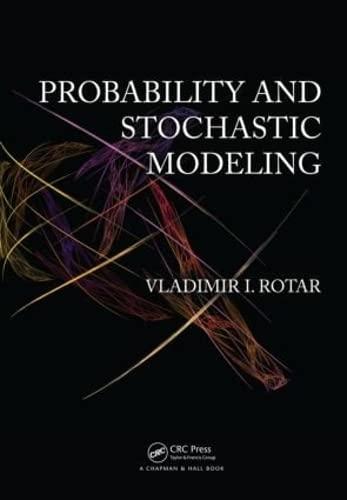Suppose that a r.vec. X = (X 1 ,X 2 ) has the distribution uniform on the
Question:
Suppose that a r.vec. X = (X1,X2) has the distribution uniform on the circle (not a disk!) x21 +x21 = r2 for a fixed r. This means that the vector X takes values (x1,x2) only from the circle mentioned, and the probability that a value of X will fall into an arc of the circle is equal to the length of this arc divided by the length of the whole circle.
Show that the distribution of the r.vec. X is not absolutely continuous; that is, the probability density function does not exist. Show that, nevertheless, the distribution of X may be identified with a one-dimensional uniform distribution. On which interval?
Fantastic news! We've Found the answer you've been seeking!
Step by Step Answer:
Related Book For 

Question Posted:





